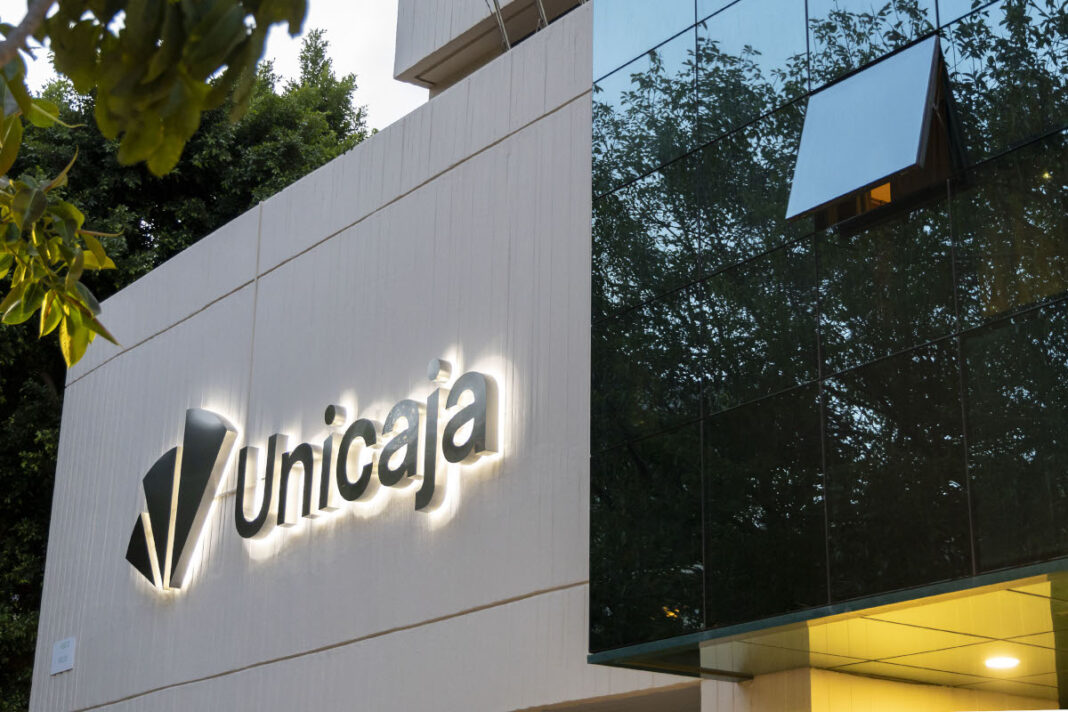Spain’s financial sector witnessed cautious sentiment this week after it was reported that Unicaja Banco had projected a restrained outlook for its lending income in 2025. This guidance was provided as the bank’s margins came under pressure during the first quarter of the year, a development attributed to the impact of falling interest rates. Nonetheless, market expectations for the bank’s net profit were exceeded, an outcome made possible by the reduced burden from Spain’s renewed banking tax, which had previously weighed more heavily on earnings.
Analysts observed that Spanish banks, including Unicaja, had for a considerable period benefited from a macroeconomic environment shaped by elevated interest rates, which supported gains from variable-rate lending. However, it was acknowledged that recent monetary easing had begun to reverse those favorable conditions. The reduction in borrowing costs was seen to have squeezed interest margins, thereby limiting the earning capacity from lending operations.
It was revealed in the bank’s quarterly earnings report that net interest income (NII)—a key measure representing the difference between earnings from loans and the cost of servicing deposits—had declined by 5.6% compared to the previous quarter. The amount stood at 369 million euros, which was slightly above analyst forecasts of 367 million euros. Despite this small beat, it was noted that the downward pressure on margins reflected the broader industry trend where falling yields on loans outpaced any cost savings on deposits.
Unicaja had previously set its guidance in February, indicating that NII for the full year would remain above 1.4 billion euros. This figure marked a decrease from the 1.54 billion euros recorded in 2024. The reaffirmation of that forecast signaled a strategic acknowledgment of the challenging interest rate environment in which the bank expected to operate over the coming months.
It was further reported that customer spreads—the gap between what the bank earns from loans and what it pays for deposits—had narrowed during the quarter. Specifically, the yield on loans was reduced by 20 basis points, while deposit costs declined by just 8 basis points. This imbalance contributed directly to the contraction in net interest income and highlighted the difficulty banks face in maintaining profitability during periods of rate normalization.
Meanwhile, some optimism was observed in Unicaja’s operational performance, particularly in the area of lending volumes. Although the bank’s total performing loan book had contracted by 2.1% year-on-year, a modest quarter-on-quarter increase of 0.3% was registered. This growth was attributed to an improving economic backdrop in Spain, which had supported credit demand in certain segments.
It was disclosed that new mortgage lending had increased by 37% when compared to the same period a year earlier. Similarly, business lending and consumer lending were reported to have risen by 49% and 33%, respectively, reflecting greater borrowing activity across the bank’s customer base. These figures were seen as encouraging signs of resilience, although it was cautioned that the overall impact on net interest margins would remain limited if rate trends continued downward.
Market reaction to the bank’s results appeared relatively subdued. At 0716 GMT, Unicaja shares had risen by 0.9%, partially reversing a 1% decline recorded over the past month. Broader market indicators also showed moderate gains, with Spain’s blue-chip index reported to have advanced by 0.6% in early trading.
Analysts and investors alike were said to be monitoring the outlook for the Spanish banking sector closely, particularly as monetary policy decisions by the European Central Bank and global economic trends continued to influence interest rate expectations. The banking tax introduced by the Spanish government had also remained a topic of discussion, with its reduced impact on Unicaja’s profits this quarter being seen as a temporary relief rather than a long-term solution to profitability pressures.
In conclusion, while Unicaja’s first-quarter earnings had exceeded profit forecasts thanks to lower taxation effects, the underlying performance was shaped by narrowing margins and cautious lending prospects. The bank’s ability to grow its loan book modestly and sustain lending activity amid an increasingly complex interest rate environment was acknowledged as a strength. However, sustained profitability in 2025 and beyond was expected to depend on how effectively the institution could adapt to lower rates, competitive deposit dynamics, and evolving credit demand in a post-tightening monetary cycle.












